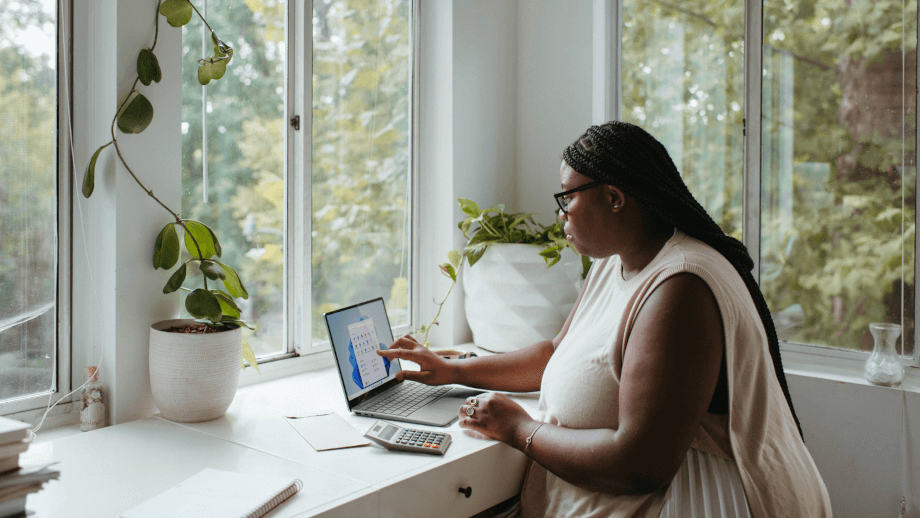BUYING A VICTORIAN TERRACED HOUSE
What is a Victorian house?
A Victorian house typically means any house built during the reign of Queen Victoria, from 1837 to 1901. Houses were often built in a terrace and were typically made of brick with a slate roof. They also tend to be recognised by their large sash windows.
The impact of the nouveau riche on housing
As wealth began to flow more freely through the classes, elevating many to the status of ‘nouveau riche’, more homes were built as status symbols to help people show their neighbours how well they were doing.
It was also a time when workers were needed to fill the various factories and industrial mills that were popping up across the country. Homes obviously needed to be built to accommodate them all. Villages began to develop into towns and cities became more sprawling as the two-up/two-down revolutionised the way the working classes lived.
The rise of the middle classes
For all intents and purposes, the Victorian era saw the rise of the middle classes. Good-sized homes became more common through a combination of reduced labour, construction costs and the increased earning power of a larger number of people.
Though the mix of styles was particularly eclectic throughout the Victorian period, the house types most associated with the era are the mass-produced red brick terraces. Often built close to the factories, they were unpleasant with no indoor plumbing and multiple families sharing the space. Today’s terraces have hopefully improved!
Modernisation
Many such terraces were demolished during the 1970s ‘modernisation’ period when architecture of often very questionable taste replaced them. Surviving Victorian terraced buildings have often been praised for their high build-quality at the original point of construction.
English Heritage says that the average Victorian terraced house is as much as 60% cheaper to buy and more efficient to maintain than an equivalent modern home. Shared walls allow for effective heat conservation, which can be properly capitalised upon with the addition of roof insulation when required.
The downsides
The main downsides of buying a Victorian terraced house will usually be covered in two points:
- Noise: No matter how well they were built, Victorian terraced properties are still likely to have particularly thin walls and general proximity will cause a certain amount of noise pollution in many cases.
- Parking: Few Victorian terraced homes were developed with a thought spared for transport needs, what with cars not being invented or readily available at the time, and the workers were not expected to go anywhere aside from work anyway.

Get a home insurance quote online
Get a quote online in less than 10 minutes*





